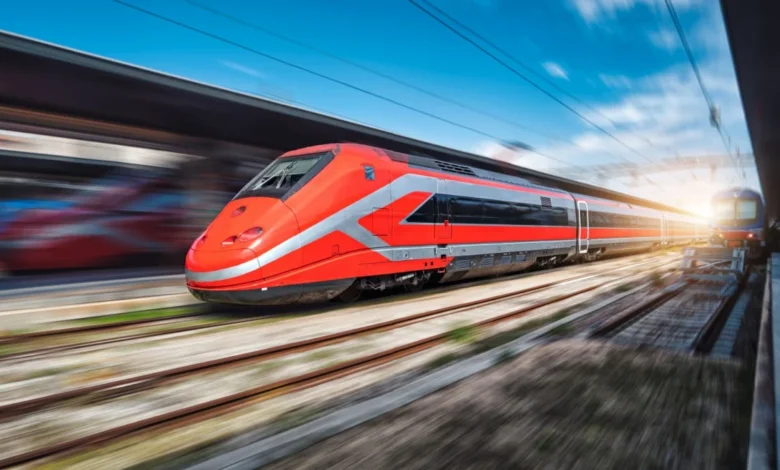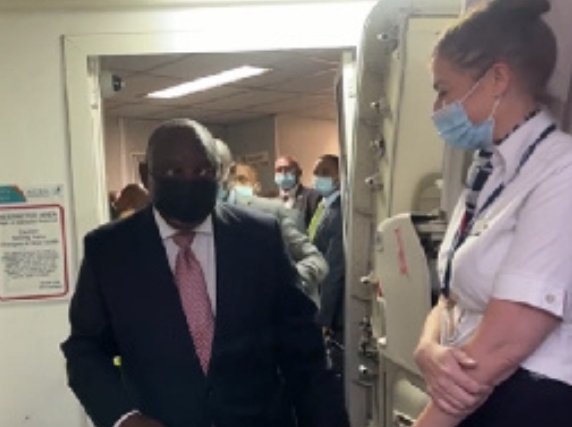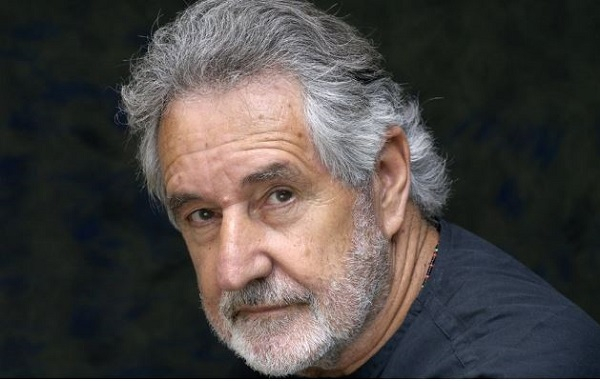SA’s first bullet train gets launch date

The transport department and the Gauteng and Limpopo provincial governments recently provided an update on the project’s progress.
The Limpopo-Gauteng Speed Train project is currently undergoing feasibility and environmental impact studies.
Construction on the 500km north-south railway is expected to start in late 2026, with the first trains on the network operational by 2030.
The planned line will run from Pretoria at its southernmost point to Musina in the far north of Limpopo, passing through Hammanskraal, Bela-Bela, Mokopane, Polokwane, and Louis Trichardt along the way.
The first phase of the project will focus on a section between Pretoria and Polokwane, the capital city of Limpopo.
It currently takes about two and a half to three hours to cover this route in a car via the N1, assuming there are no delays due to traffic or congestion at toll gates along the freeway.
The “speed train,” often referred to as a “bullet train” by President Cyril Ramaphosa, will supposedly be able to cover the first section in one hour and 30 minutes — cutting an hour from the car journey time.
The distance between Pretoria and Polokwane is roughly 265km, so the train should travel at an average speed of 177km/h along this stretch.
While this is somewhat below the speeds of HSR services, the train would only need to exceed 200km/h on the fastest sections of the line to technically qualify as a “bullet train”.
The Limpopo-Gauteng Speed Train will be rolled out alongside the second phase expansion of the Gautrain, which will see the high-speed commuter service’s network expand from 80km to 230km.
However, the HSR master plan is only expected to be finalised by the end of 2025. This means the timeline could change.
Former transport minister Sibusiso Ndebele first championed plans to launch a long-distance HSR line in South Africa in 2010.
President Ramaphosa reaffirmed the country’s plans for the service in his 2019 State of the Nation Address (SONA).
“We should imagine a country where bullet trains pass through Johannesburg as they travel from here to Musina, and they stop in Buffalo City on their way from eThekwini back here,” he said.
Former transport director-general Alec Moemi said South Africa’s HSR framework had already been deployed and implemented and was anticipated to launch in 2025.
However, former transport minister Fikile Mbalula only gazetted a National Rail Policy White Paper establishing the key HSR corridors in March 2022.
In his 2024 SONA, Ramaphosa confirmed the cabinet had approved this whitepaper in November 2023, including the HSR framework.
The Johannesburg to Durban corridor was prioritised for a detailed feasibility study, as the government believes it presents a lucrative opportunity for competition with airlines.
Ramaphosa said Johannesburg-Polokwane to Musina and Johannesburg to Mbombela (corridors) will be put to the market,” the president said.
While the government has said it will fully fund the project, big questions remain regarding its budget. Estimates put the cost of the Johannesburg-Durban HSR line alone at around $30 billion (R533.8 billion).
However, the cost of the other most recent major railway project in South Africa — the Gautrain network — was grossly underestimated.
The transport department, provincial governments, and private investors are working to secure the funding and finalise the technical plans.
China has indicated interest in investing in the line between Johannesburg and Durban. The country has substantial experience and expertise in HSR.
Among its many high-speed trains is the Shanghai Maglev, which has achieved a record-high speed of 501km/h, with an average speed of 251km/h.
The South African government expects its HSR project to have a substantial positive economic impact, especially for job creation and tourism.
In addition to passengers, the Gauteng Provincial Government previously said the train will be used to transport high-value goods and perishable foods.





